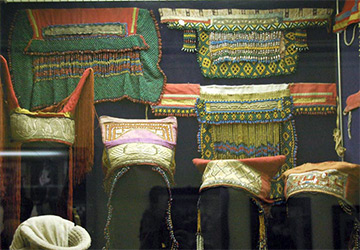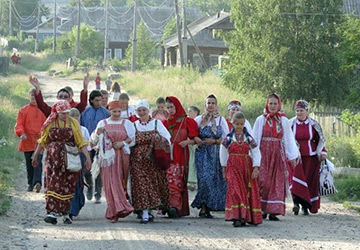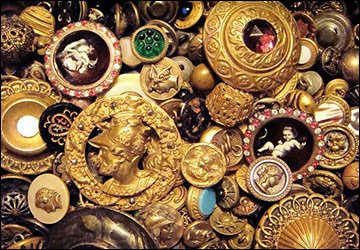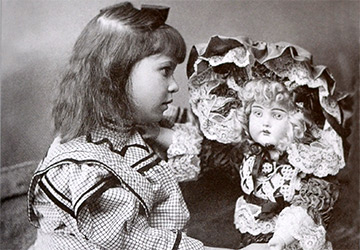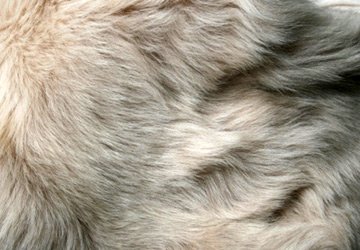Fashion history
The history of the spinning wheel and old Russian spinning wheels in photographs
“In a low light, a light burns,
A young spinner is sitting by the window ... "
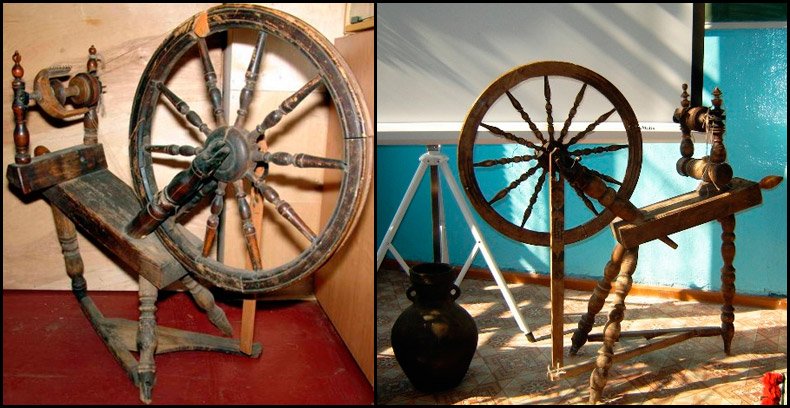
Spinning wheels came to us from distant antiquity. It was a primordially female labor - spinning yarn. "Spinning wheel" - this was the name of the spinning wheel in Ancient Russia. From autumn to Great Lent, the spinners sat at their work until midnight in the "low lights" with a torch with a quiet song. The spinning wheels that came to us from the distant past, none of them repeat the other. Each has its own peculiarity. Apparently, every mistress of the spinning wheel, and the owner, most likely, put their efforts, invention and imagination for decoration, convenience, to facilitate labor. In Russia, spinning wheels were made from maple, aspen, birch and linden.
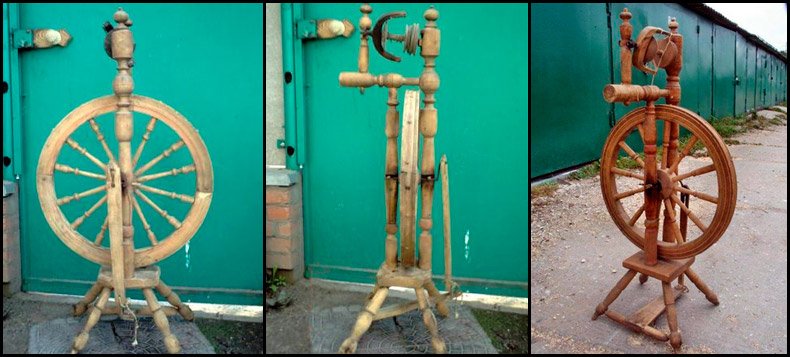
First there was manual twisting of yarn, and then the spindle and spinning wheel were invented. The spinning wheel was originally invented in ancient Rome. The yarn from the first old spinning wheels came out of different quality and thickness. This depended on the breed of sheep, at what time of the year the sheep was sheared, and on many other factors. How was the whole spinning process carried out? The large wheel was set in motion with the right hand, and the strand was pulled out with the left hand and brought to the spindle. Depending on the angle of inclination of the strand to the spindle, twisting or winding of the strand occurred.
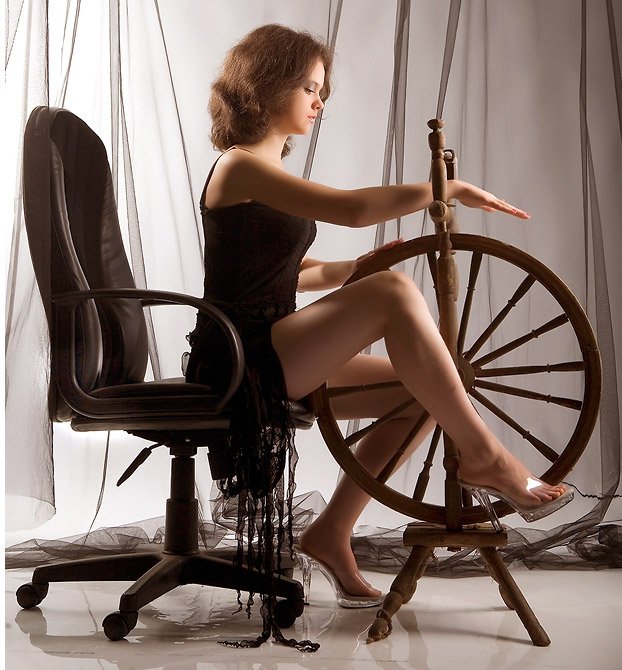
Spinning was done women, but improvement and invention were the occupation of men. In 1530, Jürgens of Braunschweig invented a foot-driven spinning wheel, in which both hands could spin yarn. The spinning wheel was called a self-spinning wheel. It made it possible to draw, twist and wind the thread. The last two operations were to some extent mechanized, but still it was necessary to do partial twisting by hand. It was only in 1735 that John White, a mechanic by profession, invented a drawing mechanism, consisting of two drawing rollers, which finally replaced the woman's hands. But not entirely, on such a spinning wheel it was possible to use fibers already prepared, that is, partially elongated. This was later helped by the invented carding machine. It was then that the same John White assembled a fully mechanized spinning machine. This happened in 1741. Yes, his car was too bulky and expensive.
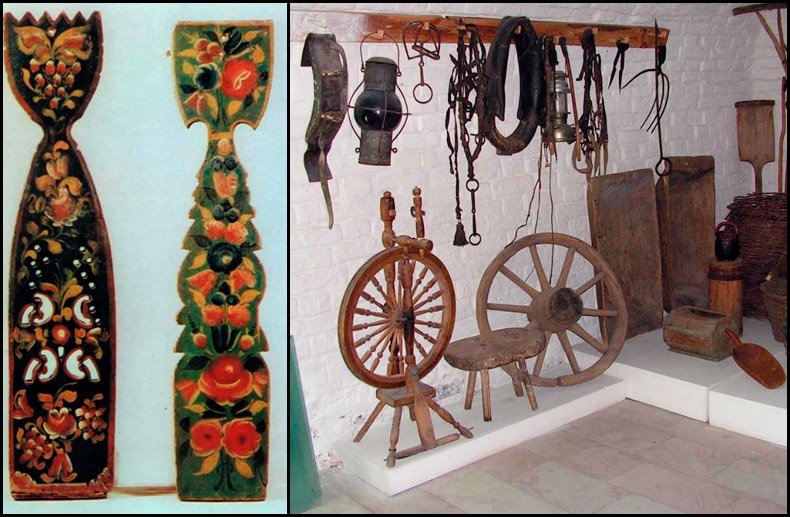
The next spinning wheel was the Jenny spinning wheel, invented by Hargvis. He named her after his beloved daughter. Everything was fine in this machine, but one drawback - the drawing was insufficient, and the yarn turned out to be weak - it was necessary to add a thread of flax for the strength of the yarn.
And as it often happens in technology, this is what happened - all the disadvantages of the previous spinning wheels were taken into account, and the advantages were combined in one, - this is how Arkwright made his spinning machine. The spinning process was fully automated. But then, as time passed - they noticed the shortcomings again, and again altered and improved. Is it really possible to describe everything so simply on one page that the spinning wheel itself had to be experienced and those who, with love for work and technology, put a lot of effort and effort to make the spinning wheel what we see today.

And what are the spinning wheels today? Today, spinning wheels are electric, capable of delivering up to 40 meters of yarn in one second.
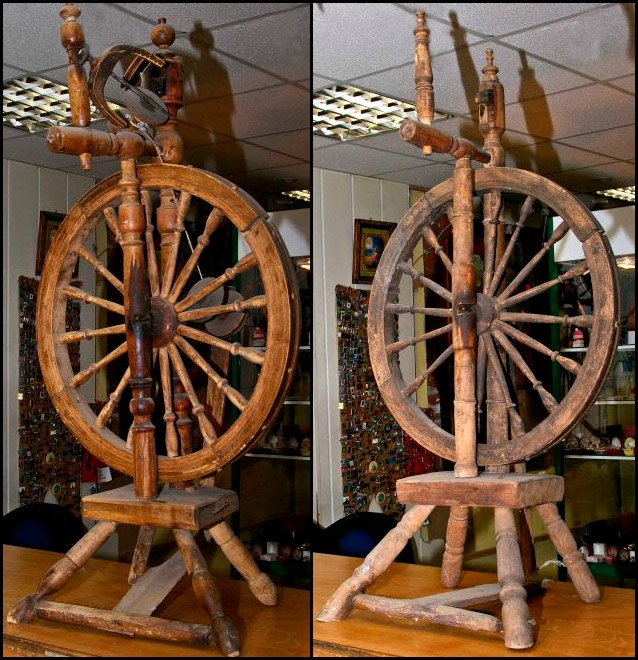
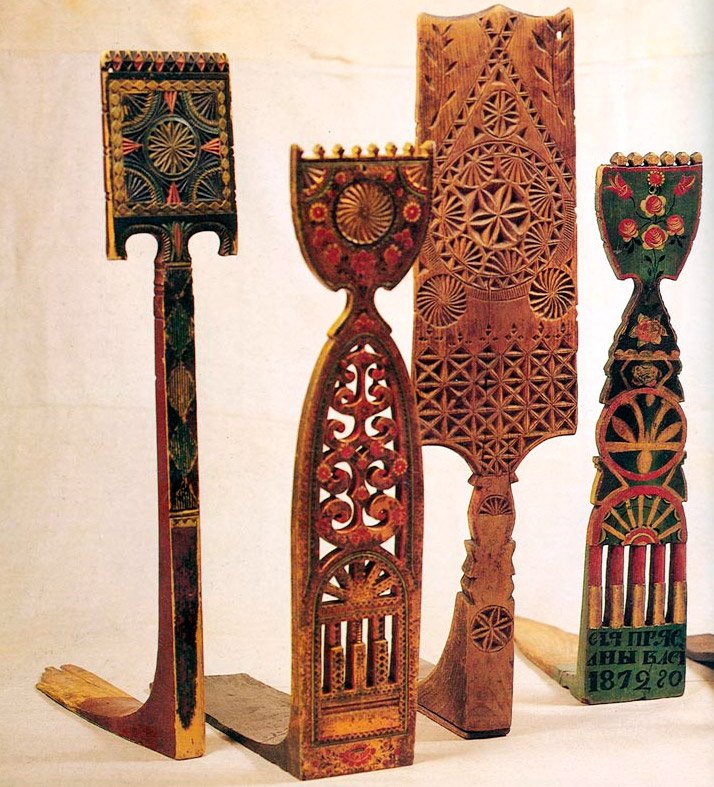
More from the history of fashion, I recommend reading the biography Elsa Schiaparelli
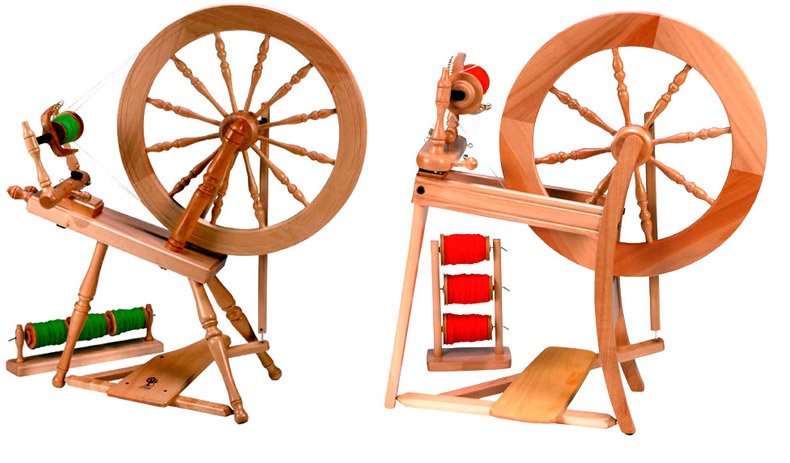
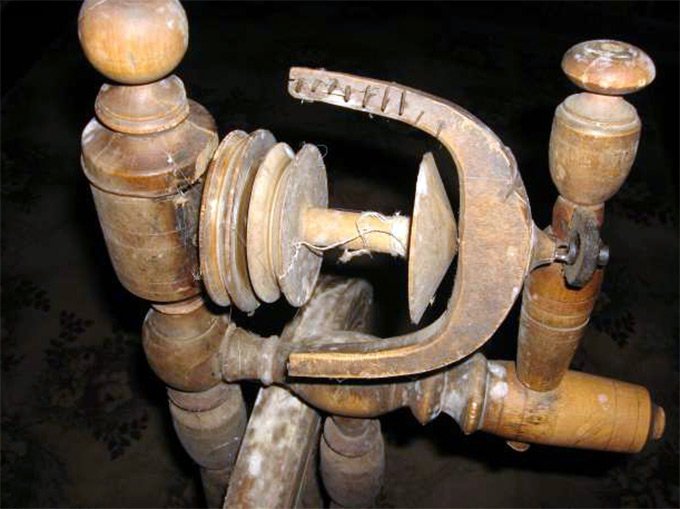
Modern and old Russian spinning wheels - the history of the spinning wheel.
You can watch the master class on the video,
how to use a spinning wheel for its intended purpose ...
Comments and Reviews
Add a comment
Rating news
Shades of clothing that make women look younger
What shades of hair make women younger: rules and photos
Funny wedding dresses - photos and ideas
12 most expensive down jackets for the winter
How to look 25 at 40: tips from supermodels
Beautiful schoolgirls
Anti-aging haircuts and hairstyles for women
Fashionable skirts for autumn and winter
Fashionable women's trousers for the cold season
Fashionable and stylish sandals for summer 2024
Spring-summer 2024
 Fashionable dresses and tops with thin spaghetti straps
Fashionable dresses and tops with thin spaghetti straps
 Bandana tops: how to wear stylishly and beautifully
Bandana tops: how to wear stylishly and beautifully
 How to put together the perfect men's wardrobe for the summer
How to put together the perfect men's wardrobe for the summer
 Fashionable shorts for spring-summer 2024
Fashionable shorts for spring-summer 2024
 Fashionable skirts for spring-summer 2024: a guide to online shopping
Fashionable skirts for spring-summer 2024: a guide to online shopping
 The most fashionable dresses spring-summer 2024: styles and colors
The most fashionable dresses spring-summer 2024: styles and colors
 Fashionable total look 2024: ideas of images and trends
Fashionable total look 2024: ideas of images and trends
